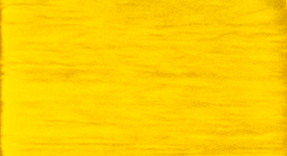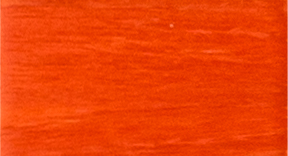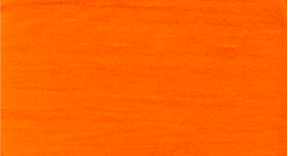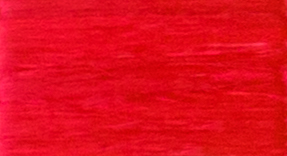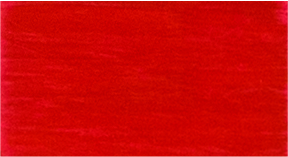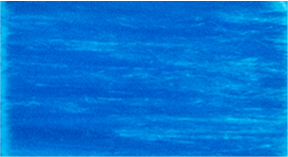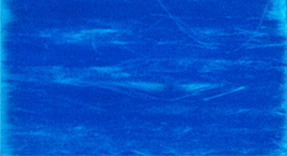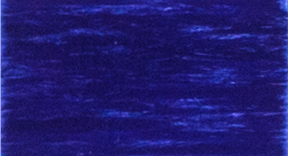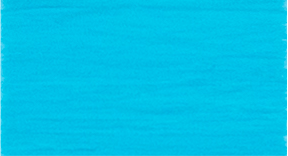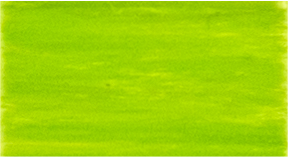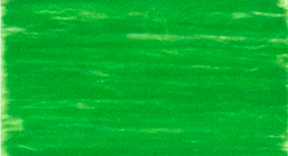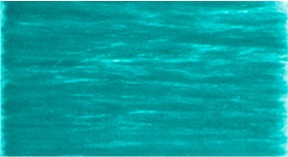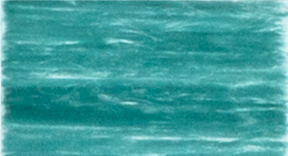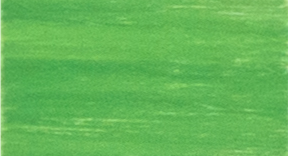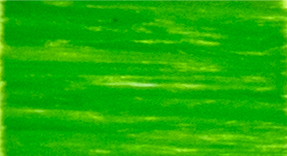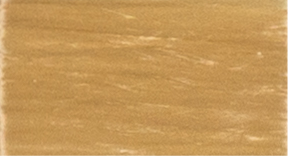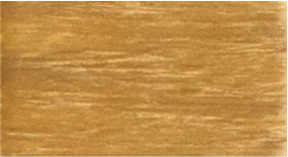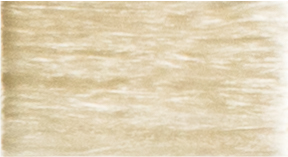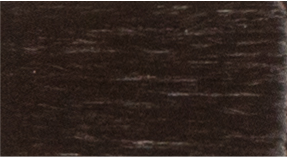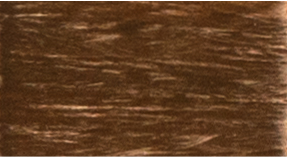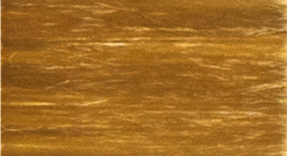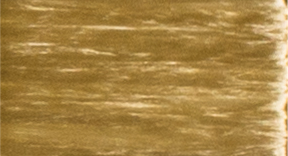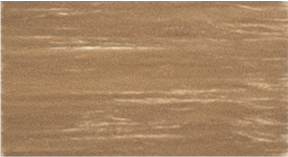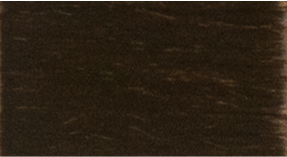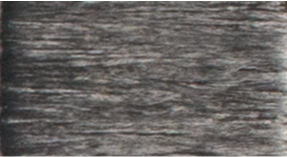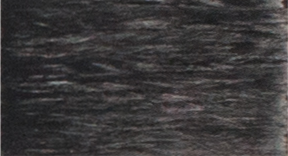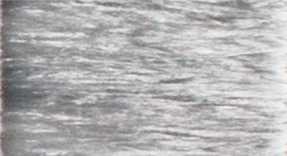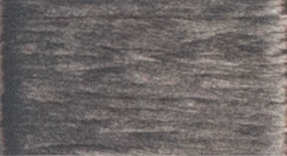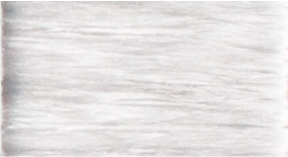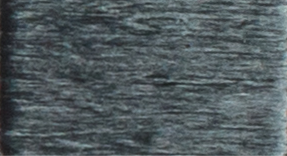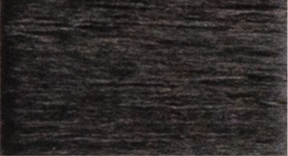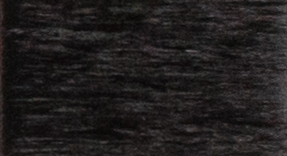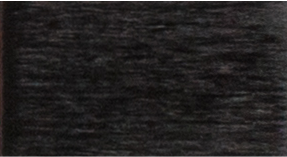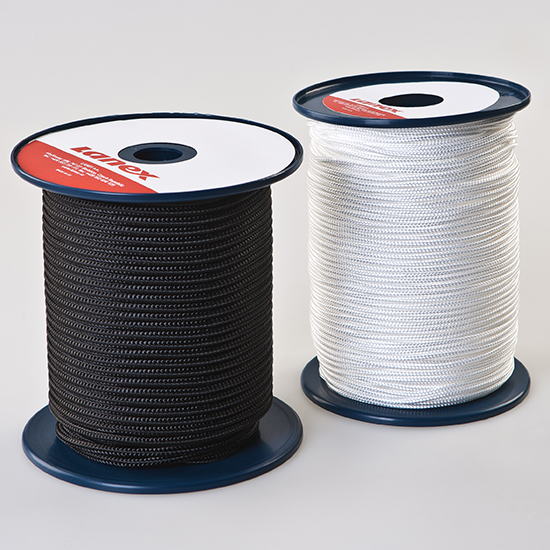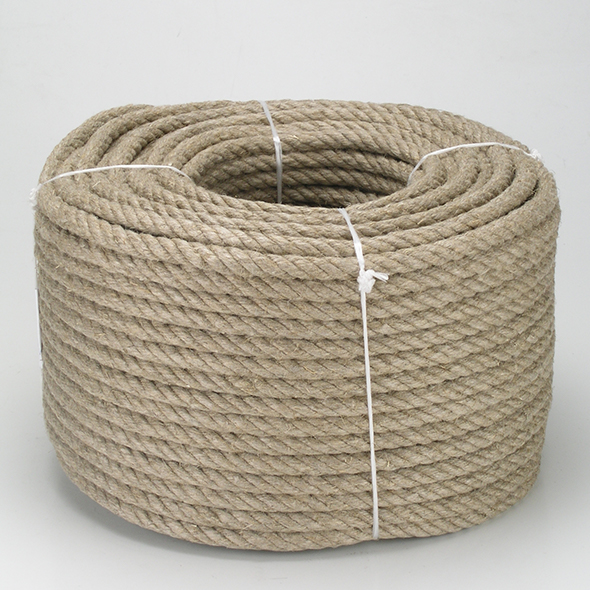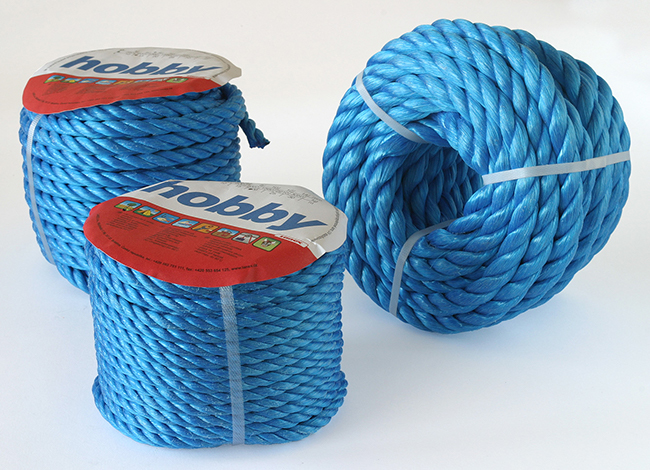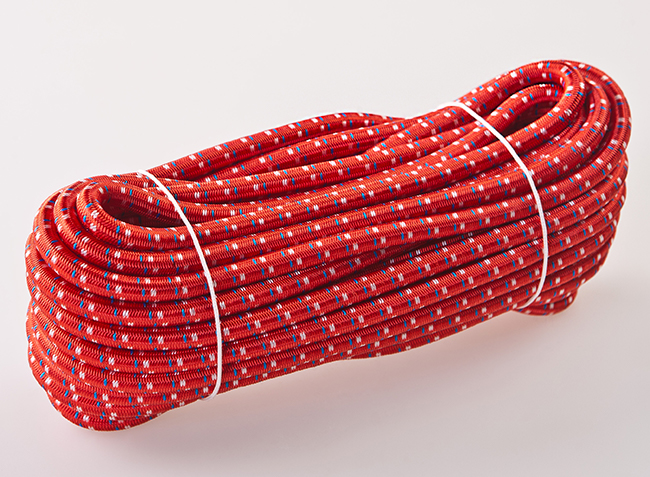Strength is the force at which the rope breaks (snaps). It is given in N (Newtons), kg (kilograms) or in kN (kilonewtons) or daN (decanewtons).
1 kg = 0.981 daN
1000 kg = 9.81 kN
Standards governing the strength of ropes
The minimum strength corresponds to the relevant European standards:
- EN ISO 1346 - PP tape and PP Multitex
- EN ISO 14687 - Polysteel
- EN ISO 1140 - Polyamide
- EN ISO 1141 - Polyester
- EN ISO 10556 - Polyester/polyolefin double fibre
The minimum strengths of non-standard ropes are determined on the basis of our own measurements in our laboratory and testing facilities certified and supervised by Germanischer Lloyd.
Rope load capacity
It is necessary to distinguish between a rope’s maximum strength and its load capacity. The load capacity is the rope’s maximum load that must not be exceeded and is dependent on a specified safety factor that expresses the ratio between the strength and the load capacity. In general, the rope's maximum load capacity is a maximum of 20% of the tensile strength.
Factors affecting the strength of the ropes
Factors affecting the strength of the ropes include:
- Rope construction - as the number of strands increases, the ropes’ utility properties increase. A design with a core also increases strength.
- Rope abrasion - the contact of ropes with edges, protrusions - surface fibres are disrupted and strength is reduced.
- Solar, or UV radiation - UV radiation reduces the rope’s strength.
- Action of chemicals - the strength of ropes made of materials that are not resistant to various chemicals can be significantly affected by the action of these substances.
- Effect of temperature - at temperatures above -150 °C, the rope softens and its strength decreases.
- Radiant heat source - for example, when drying, when by an open fire, when in contact with hot objects.
- Loops - reduce the strength of the ropes by 10%
- Knots - reduce rope strength by up to 50%.






